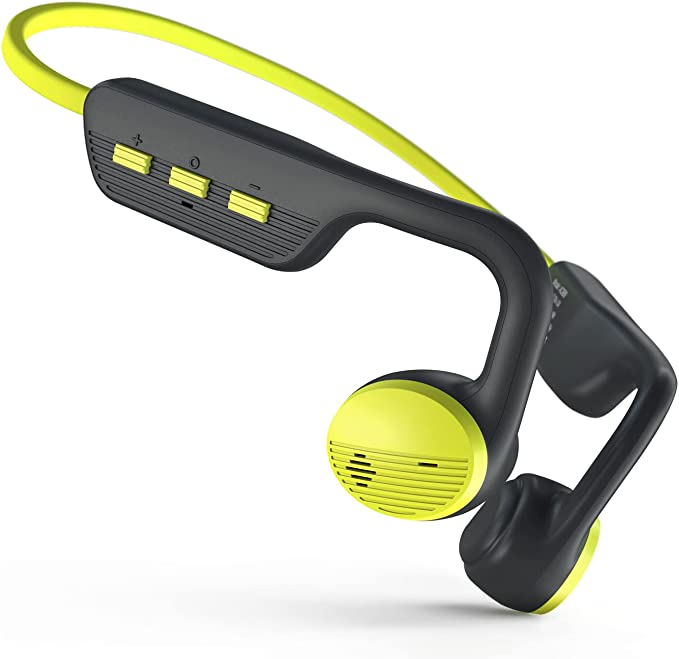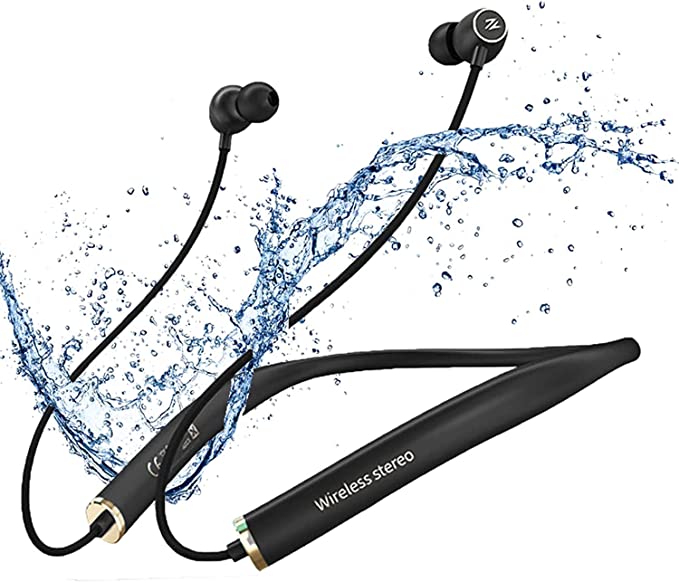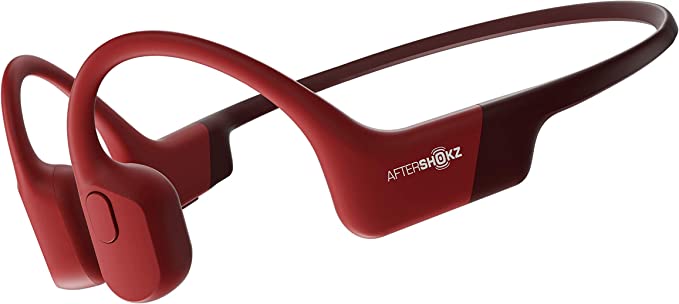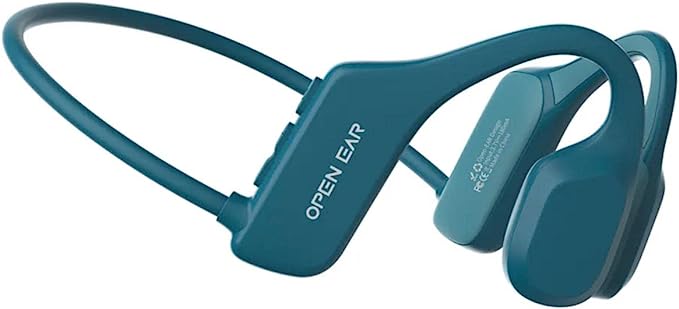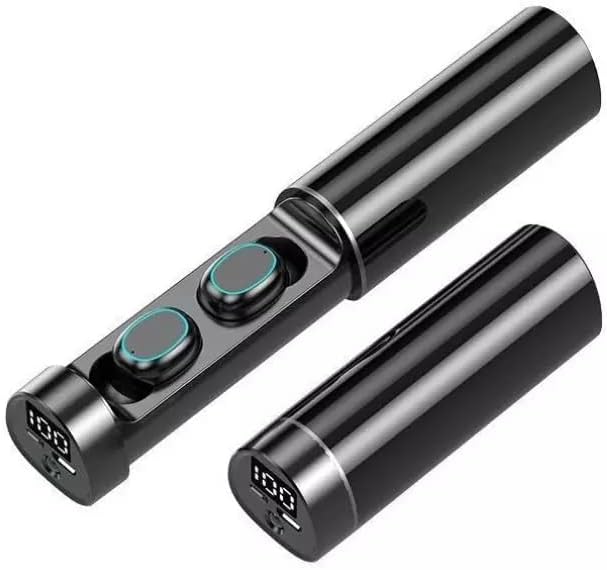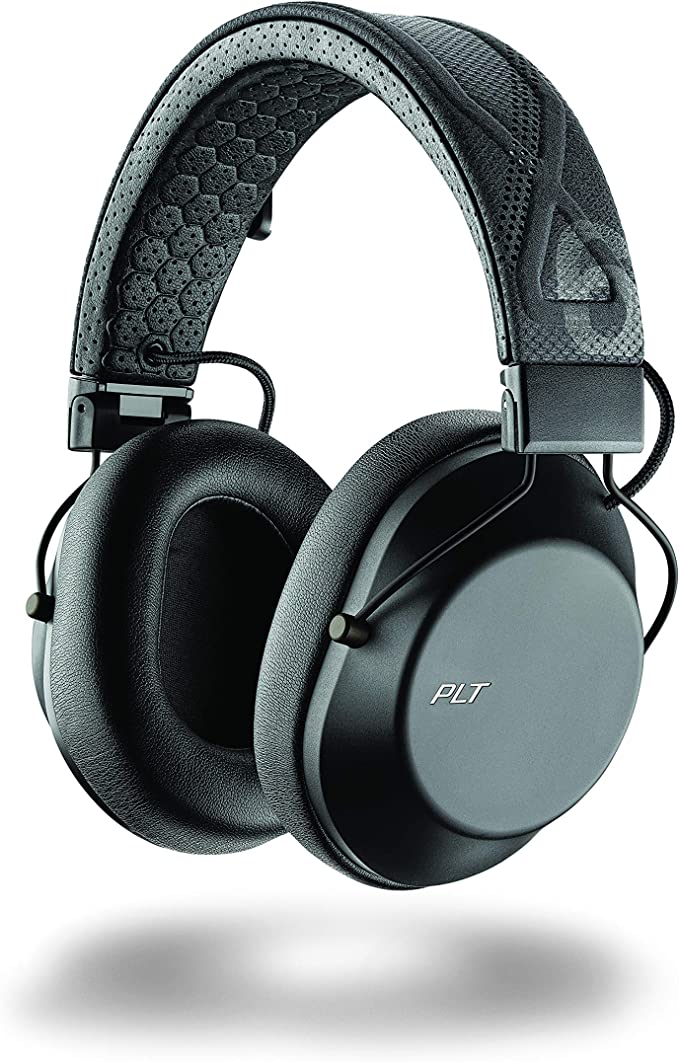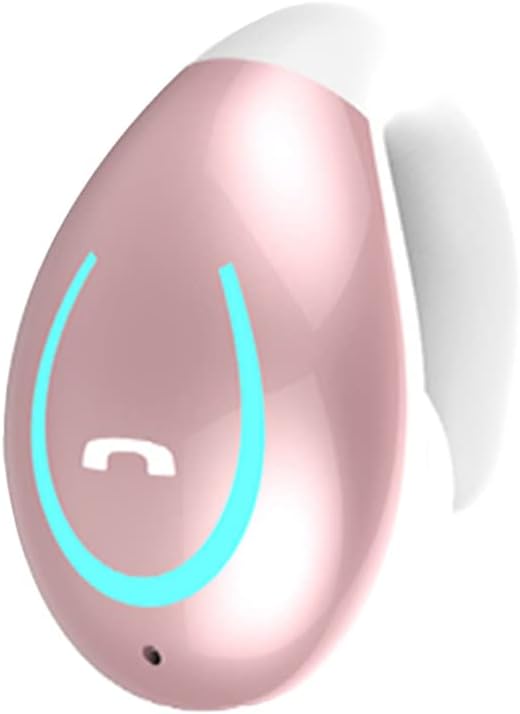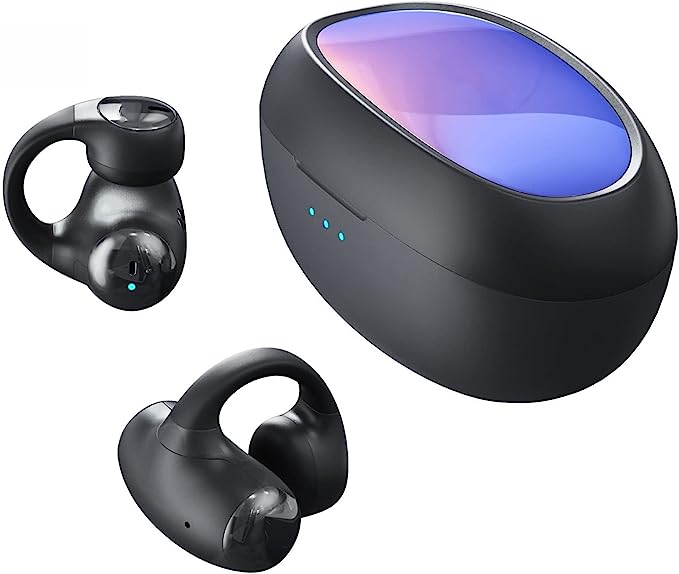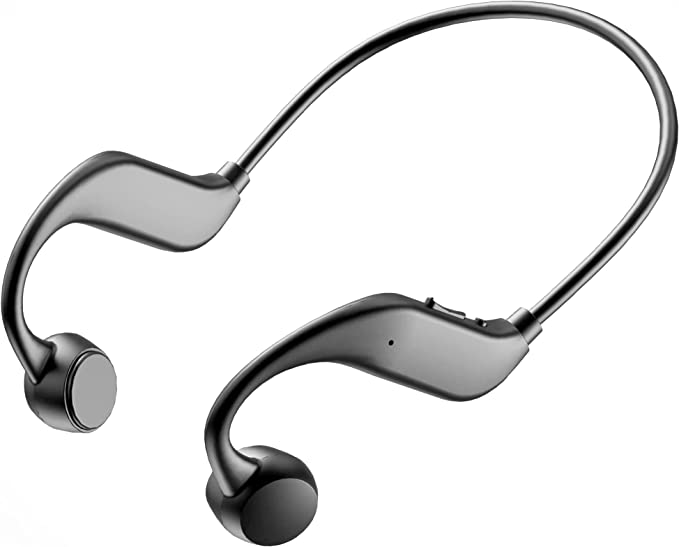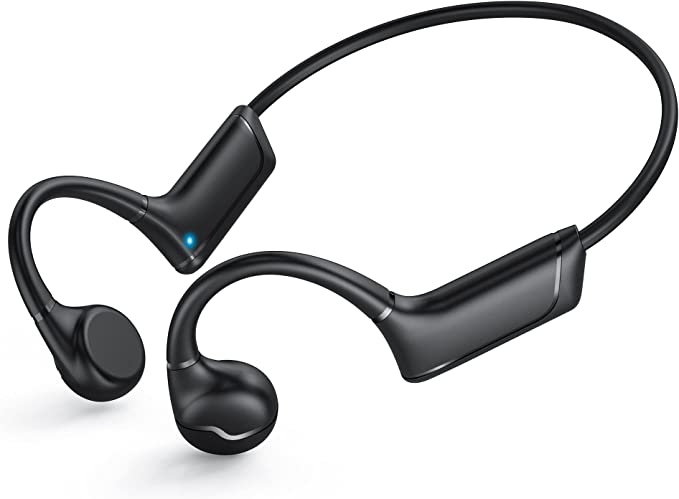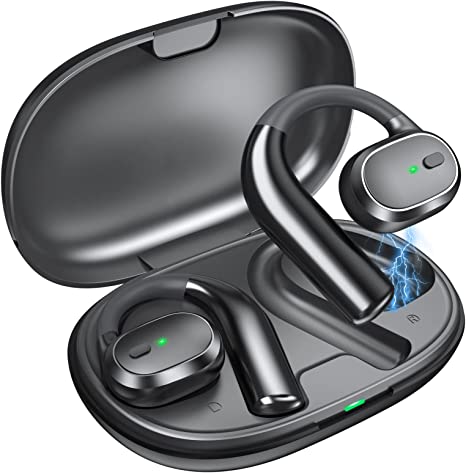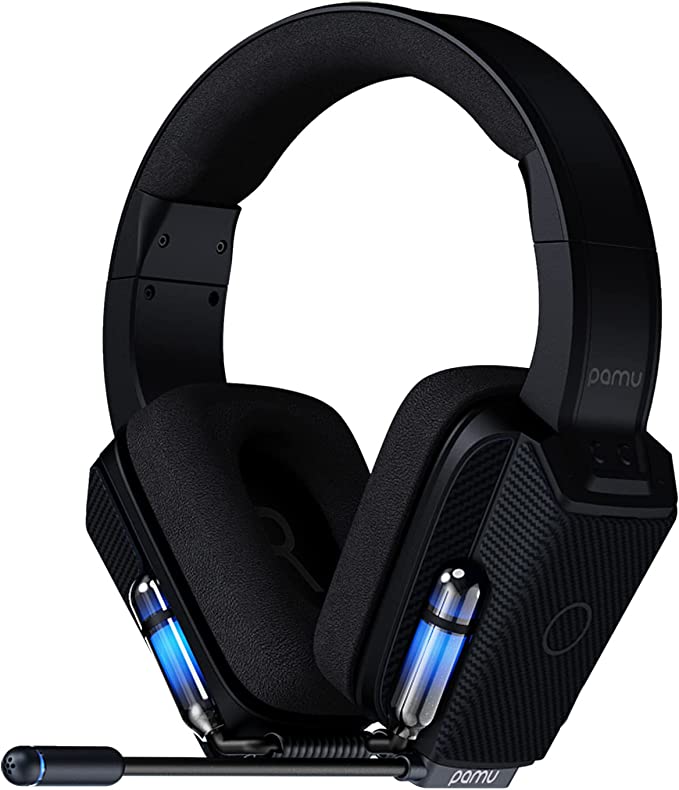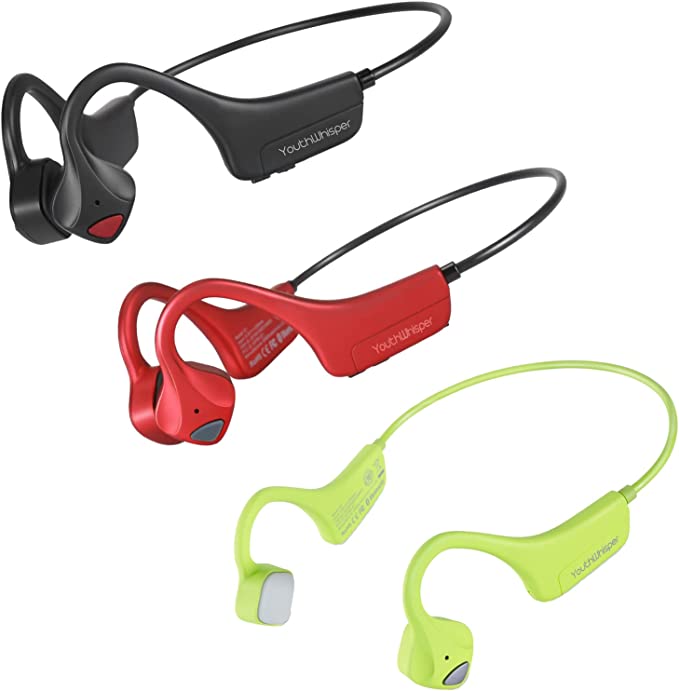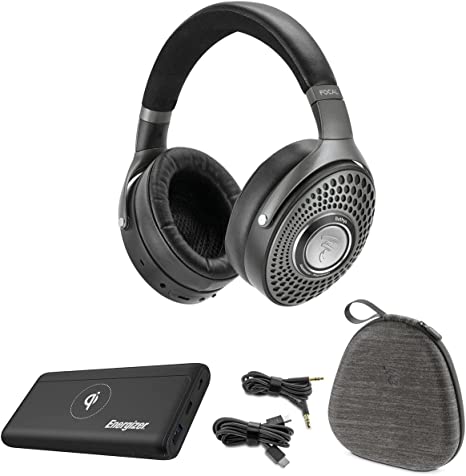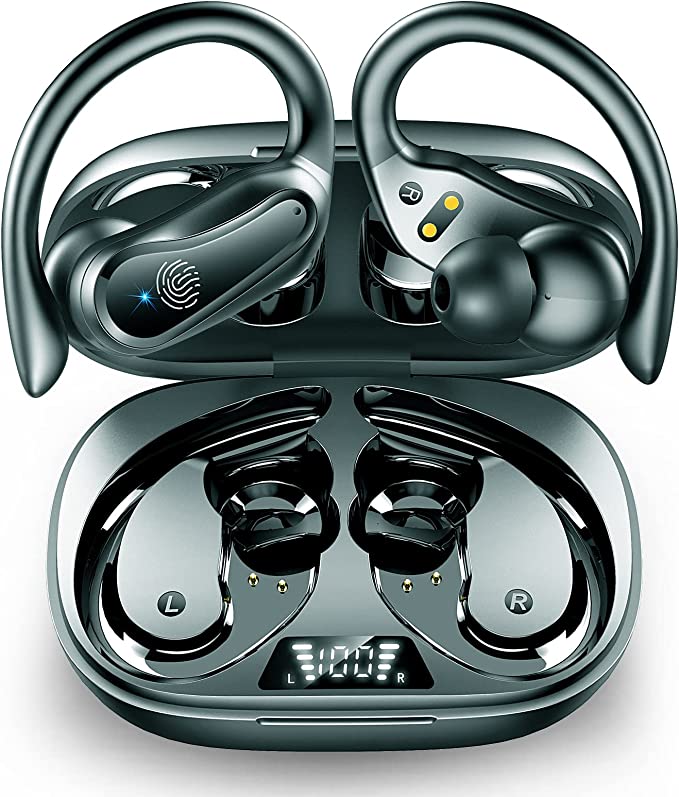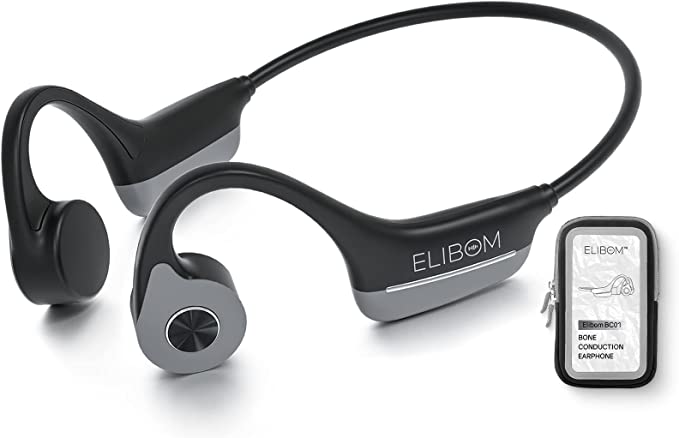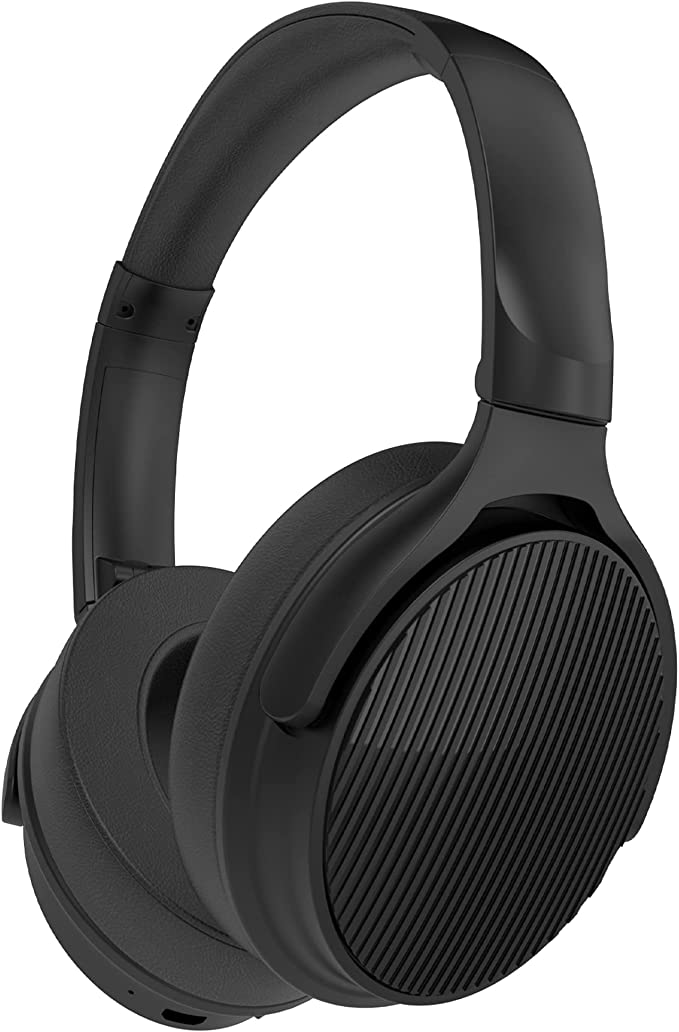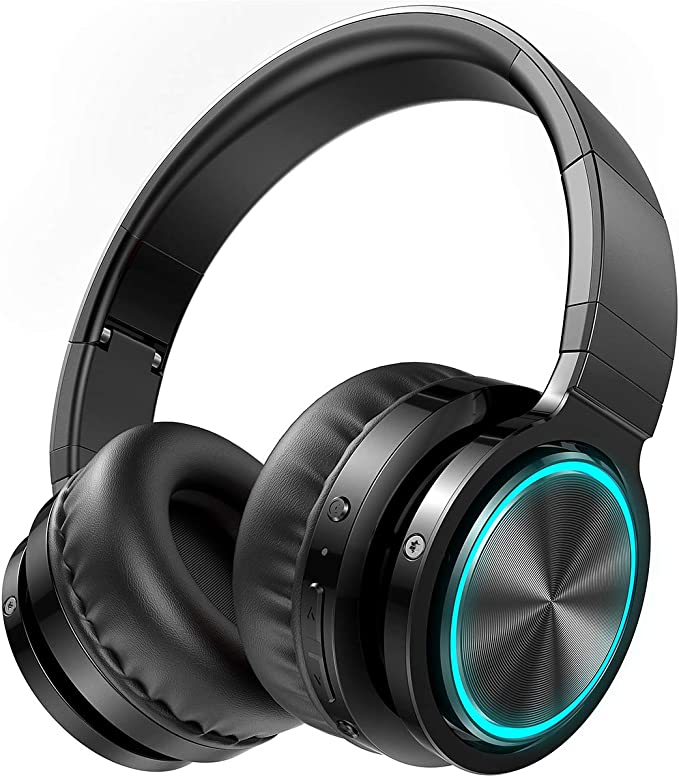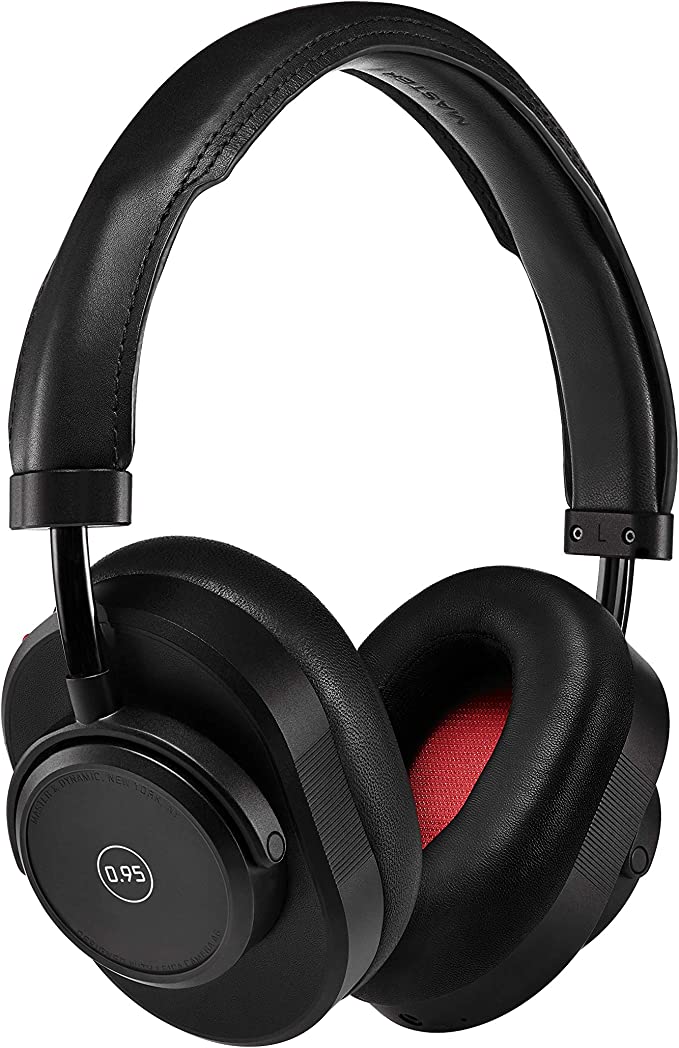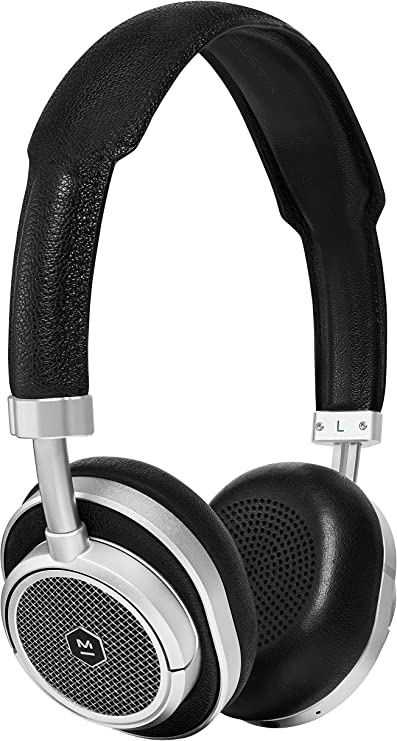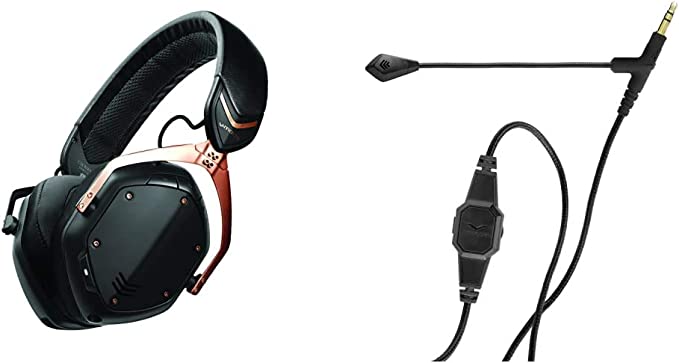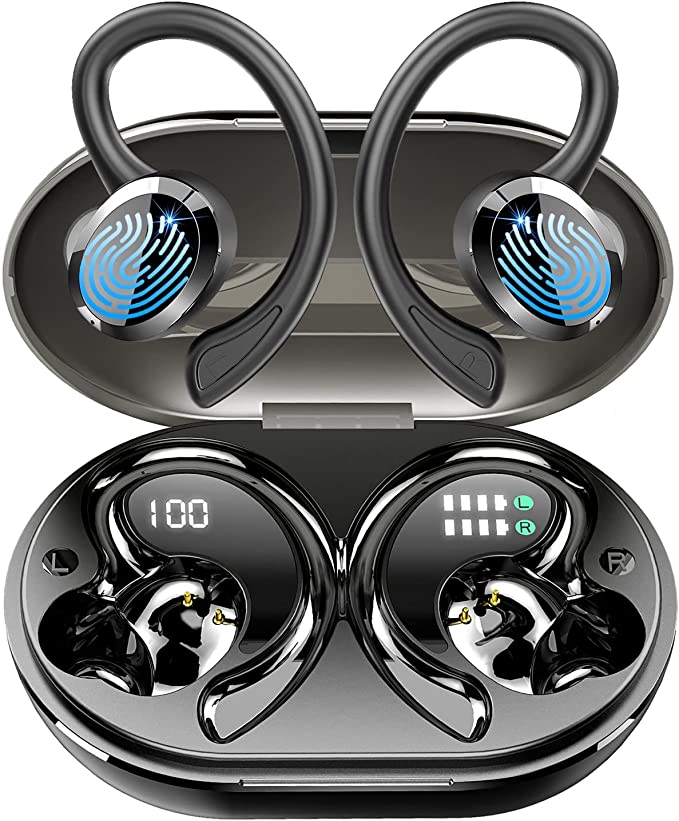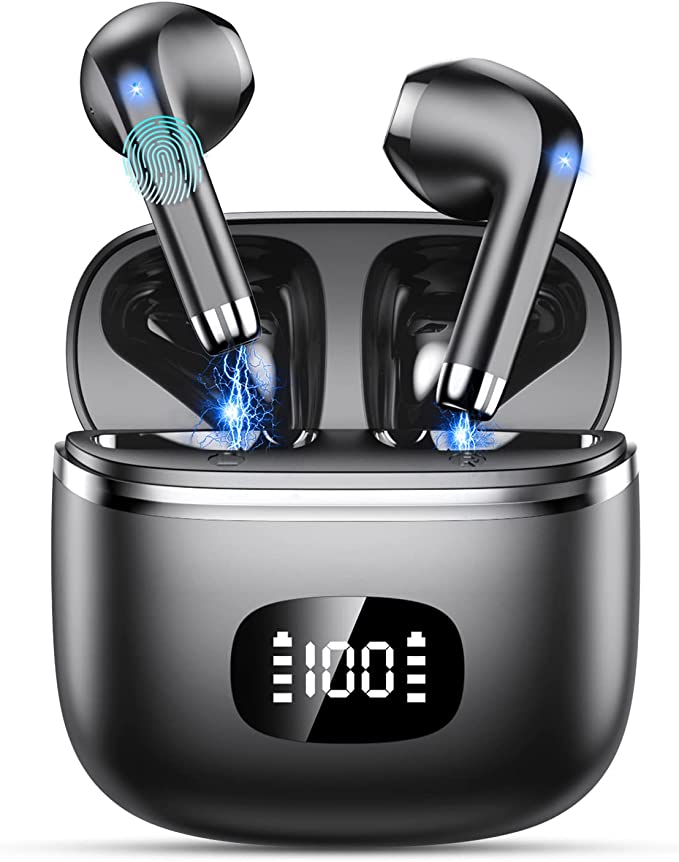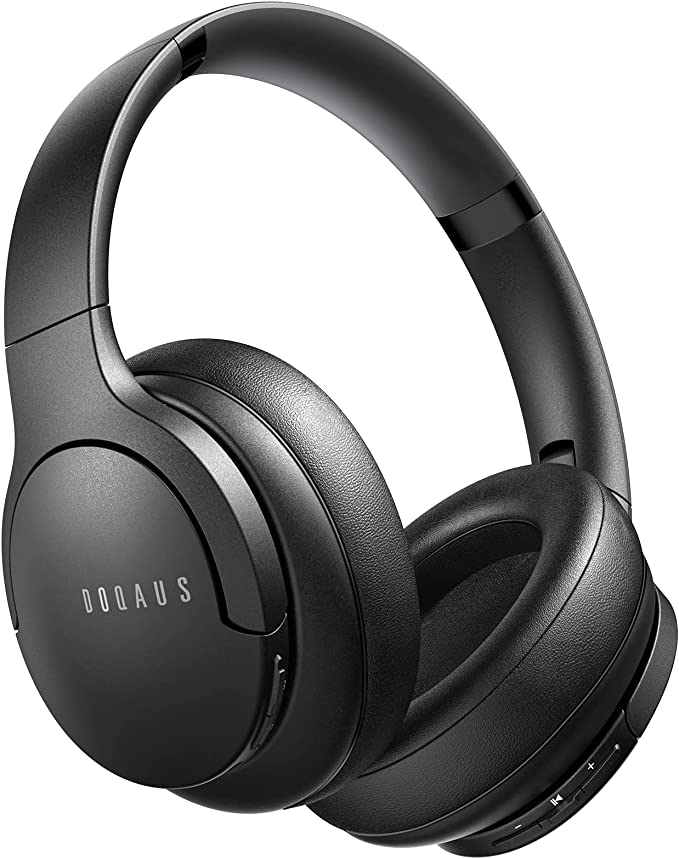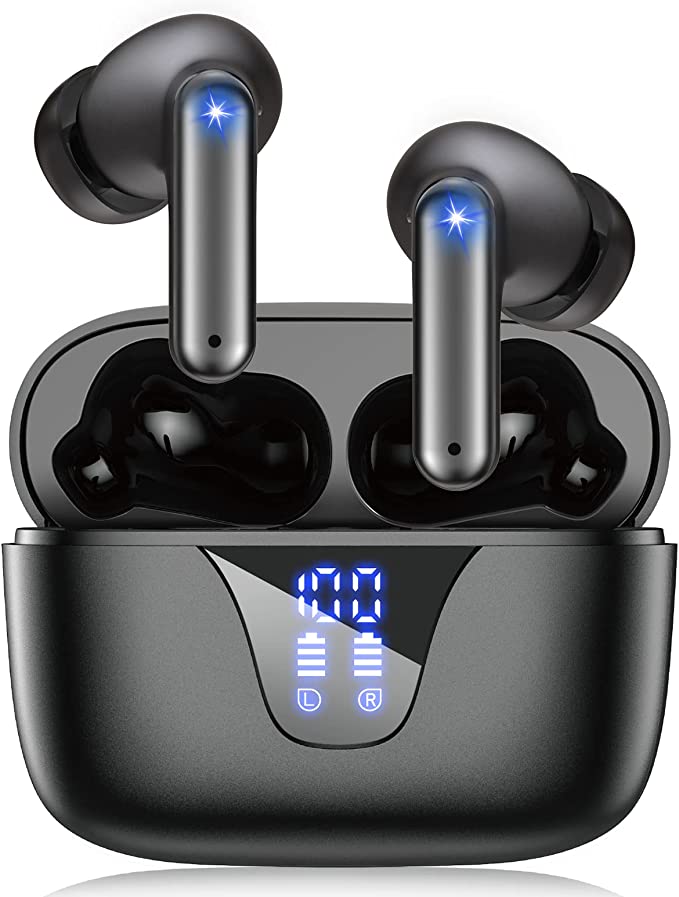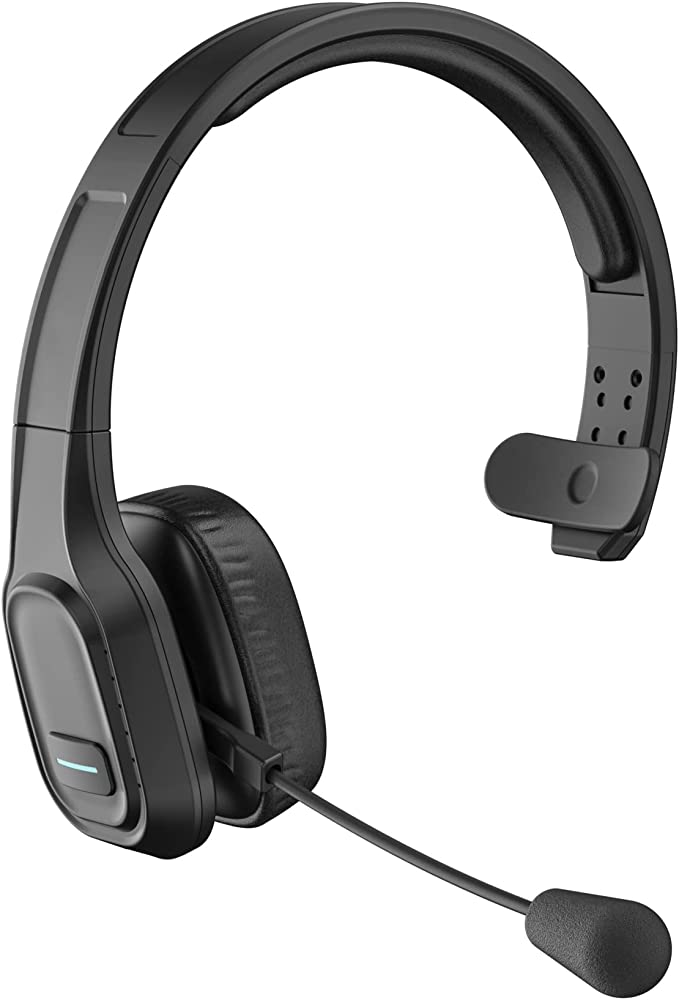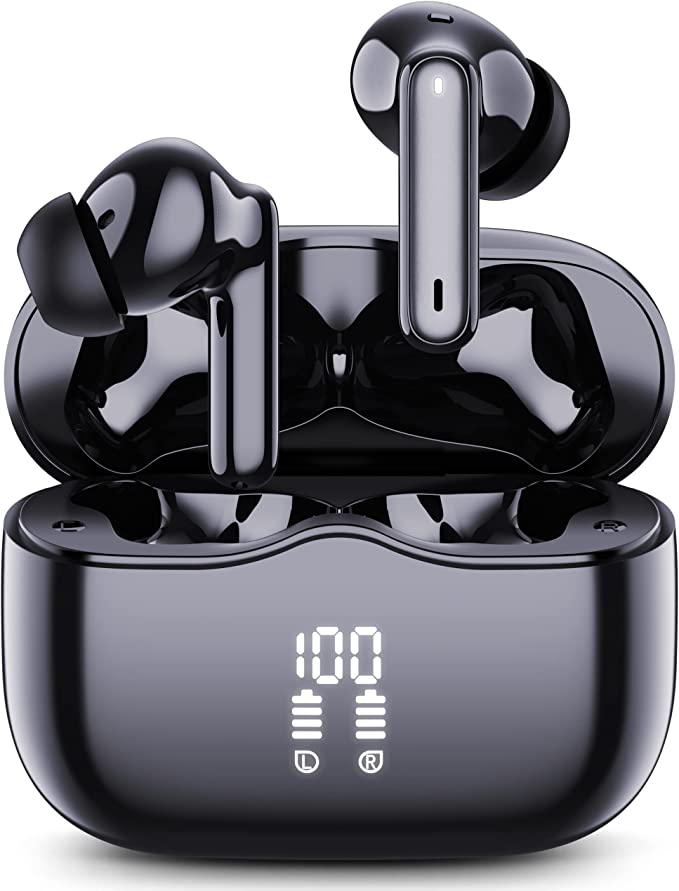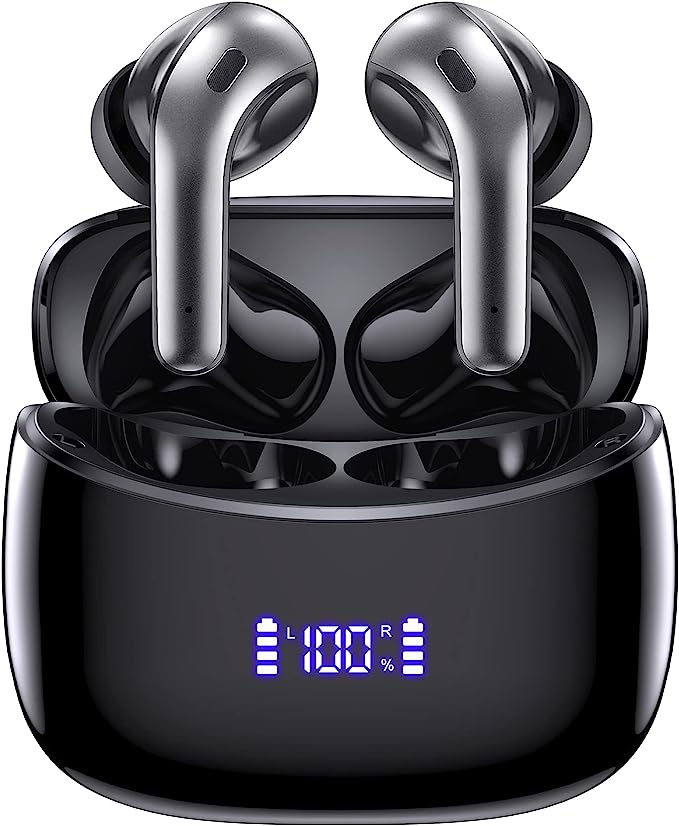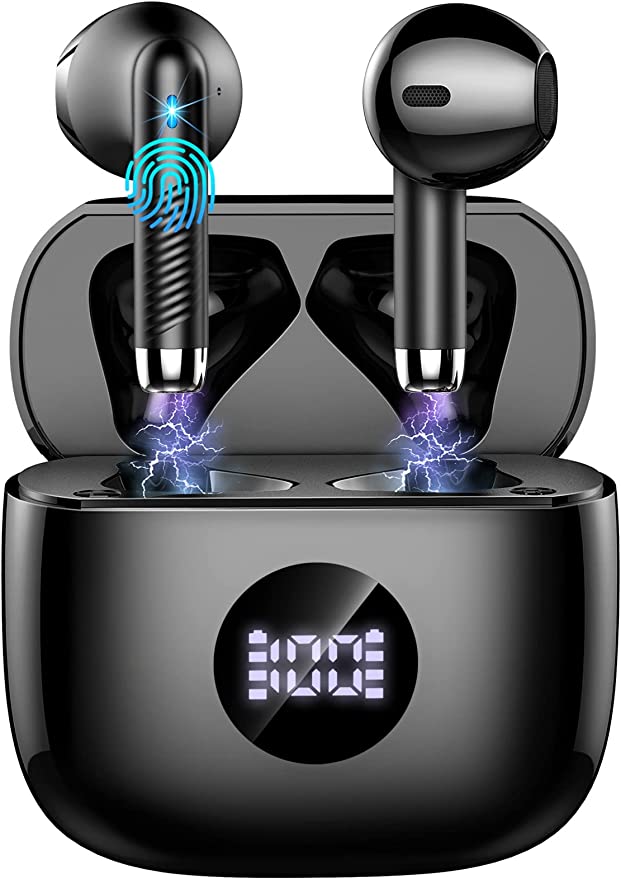PaMu S30 Bone Conduction Headphones: Hear the World, Feel the Beat
Update on Feb. 22, 2025, 4:21 a.m.
Imagine this: you’re on a run, pushing your limits, feeling the energy of your favorite playlist. But your earbuds keep slipping, or worse, they completely block out the sounds around you, making you feel disconnected and potentially unsafe. This is a common struggle for many who rely on music to fuel their workouts. But what if there was a way to enjoy your audio and stay aware of your surroundings? Enter bone conduction technology.

What is Bone Conduction?
Bone conduction might sound like something out of science fiction, but it’s a natural phenomenon you experience every day. It’s the reason your own voice sounds different to you than it does to others. When you speak, your vocal cords vibrate, and these vibrations travel not only through the air but also through the bones of your skull directly to your inner ear, bypassing your eardrum. This is bone conduction in action.

A Journey Through Sound: Air vs. Bone
Let’s break down the two primary ways we hear:
-
Air Conduction: This is the most common way we perceive sound. Sound waves, which are essentially vibrations in the air, travel through the ear canal and cause the eardrum to vibrate. These vibrations are then passed through three tiny bones in the middle ear (malleus, incus, and stapes) to the cochlea, a fluid-filled, snail-shaped structure in the inner ear. The fluid inside the cochlea ripples, stimulating tiny hair cells that convert these movements into electrical signals. These signals travel along the auditory nerve to the brain, where they are interpreted as sound.
-
Bone Conduction: This pathway bypasses the outer and middle ear. Instead of traveling through the air and eardrum, vibrations are transmitted directly through the bones of the skull (typically the temporal bone) to the cochlea. The cochlea then processes these vibrations in the same way as it does with air-conducted sounds.
[Visual Aid: A diagram here would be extremely helpful. It should show two pathways: one for air conduction (showing sound waves entering the ear canal, vibrating the eardrum, etc.) and one for bone conduction (showing vibrations traveling directly through the skull bones to the cochlea).]

The History of Bone Conduction: From Beethoven to Modern Headphones
The concept of bone conduction isn’t new. In fact, it’s been recognized for centuries. One of the most famous examples is Ludwig van Beethoven, the renowned composer who began to lose his hearing in his late 20s. It’s believed that he used a rudimentary form of bone conduction to continue composing and experiencing music. He would reportedly bite down on a rod attached to his piano, allowing the vibrations from the instrument to travel through his jawbone to his inner ear.
While Beethoven’s method was primitive, it demonstrated the potential of bone conduction. In the 20th century, bone conduction technology found applications in hearing aids and military communication devices. Only in recent years has it become increasingly popular in consumer headphones, offering a unique and valuable alternative to traditional designs.
The Science of Safety: Addressing Concerns about Bone Conduction
A common question is: “Is bone conduction safe?” The short answer is yes. Bone conduction is a natural way we hear, and bone conduction headphones typically operate at sound levels well below those that could cause damage. Since they bypass the eardrum, some believe they may even be less likely to cause hearing damage than traditional headphones, especially when used at high volumes for extended periods. However, it’s important to remember that any sound, regardless of how it’s delivered, can damage hearing if it’s loud enough for long enough. The key is to listen at moderate volumes and take breaks.
The PaMu S30: Open-Ear Listening, Reimagined
The PaMu S30 bone conduction headphones are designed to take full advantage of this fascinating technology. They offer a way to enjoy music, podcasts, and audiobooks without blocking your ears, allowing you to remain fully aware of your surroundings. This is particularly beneficial for athletes, outdoor enthusiasts, and anyone who wants to stay connected to the world while listening.

Feature Deep Dive: IP67 Waterproofing
The PaMu S30 boasts an IP67 rating. But what does that really mean? IP stands for “Ingress Protection,” and the numbers indicate the level of protection against solids (like dust) and liquids (like water).
- The first digit (6): This indicates complete protection against dust. No dust particles can enter the device.
- The second digit (7): This indicates protection against immersion in water up to 1 meter (about 3.3 feet) for up to 30 minutes.
[Visual Aid: An infographic explaining IP ratings would be beneficial here. It could show different IP ratings and what they mean in practical terms.]
This means you can wear the PaMu S30 during intense, sweaty workouts, run in the rain, or even accidentally drop them in a puddle without worrying about damage. This level of water resistance provides peace of mind and makes them ideal for active lifestyles. It’s important to note that while IP67 protects against immersion, it’s not designed for prolonged swimming.
Feature Deep Dive: 8-Hour Battery Life
The PaMu S30 is claimed to provide up to 8 hours of continuous playback on a single charge. This is a significant amount of time, allowing you to power through long runs, bike rides, or workdays without needing to recharge.
Battery technology in portable devices has advanced significantly in recent years. Modern lithium-ion batteries offer high energy density, meaning they can store a lot of power in a relatively small space. The actual battery life you experience will depend on factors like volume level and the type of audio you’re listening to. More demanding audio (e.g., bass-heavy music at high volume) will drain the battery faster. It would be interesting to know the specific battery capacity (mAh) of the PaMu S30 for a more detailed analysis, but this detail would be included in the product’s full spec sheet.
Feature Deep Dive: Secure and Comfortable Fit
The PaMu S30 uses an over-ear hook design that wraps around the back of your head and rests gently on your cheekbones, just in front of your ears. This design is crucial for both comfort and security, especially during activities that will mean the headphones are exposed to some jarring impacts. The ergonomic shape is designed to fit snugly without putting excessive pressure on your head. They key to bone conduction is sufficient contact, but not too much force. The materials used are also important. A lightweight, flexible material that can withstand sweat and movement is essential.
This type of design has proven to be the most successful for delivering a balance of comfort and audio quality.
Sound Quality Considerations
It’s important to have realistic expectations about the sound quality of bone conduction headphones. While the technology has improved significantly, it generally doesn’t offer the same level of bass response or overall fidelity as high-end traditional in-ear or over-ear headphones. This is because bone conduction transmits vibrations differently than air conduction, and it’s more challenging to reproduce low frequencies effectively through bone.
However, the PaMu S30 is designed to deliver a clear and balanced sound, suitable for a wide range of audio content. You’ll likely find the sound perfectly enjoyable for podcasts, audiobooks, and most genres of music. The open-ear design also contributes to a unique listening experience, providing a sense of spaciousness and awareness that you don’t get with traditional headphones. It is also possible to encounter some sound leakage at higher volumes. This means that people nearby may be able to hear some of what you’re listening to.
While the sound quality might not satisfy audiophiles seeking the purest audio reproduction, the PaMu S30 prioritizes a balance of sound quality, safety, and comfort, making it an excellent choice for its intended use cases.
Beyond Exercise: Other Uses for Bone Conduction
While bone conduction headphones are particularly popular among athletes, their benefits extend to other areas:
- Commuting: Stay aware of traffic, announcements, and other important sounds while listening to music or podcasts on your way to work.
- Office Work: Listen to music without isolating yourself from colleagues. You can still hear conversations and participate in discussions.
- Gaming: Some gamers appreciate the open-ear design for increased situational awareness in certain games.
- Individuals with certain types of hearing loss: Those who cannot utilize traditional headphones may have success with bone conduction models.
The Future of Bone Conduction
Bone conduction technology is continually evolving. We can expect to see further improvements in sound quality, miniaturization, and battery life. There’s also potential for integration with other technologies, such as:
- Voice Assistants: Seamless control of your audio and other devices through voice commands.
- Augmented Reality (AR): Bone conduction could be used to deliver audio cues and information in AR applications, leaving your ears open to the real world.
- Biometric Monitoring: Sensors integrated into bone conduction headphones could track health data like heart rate and body temperature.
Conclusion
Bone conduction headphones offer a unique and compelling alternative to traditional headphones, particularly for those who prioritize situational awareness and comfort. The PaMu S30, with its open-ear design, IP67 waterproof rating, and long battery life, is a well-rounded example of this technology. While there are some limitations in terms of sound quality compared to high-end traditional headphones, the benefits of staying connected to your surroundings while enjoying your audio make bone conduction a valuable option for many. Ultimately, the best headphones for you will depend on your individual needs and preferences. Bone conduction is another tool in the audio toolbox, offering a different, and for many, a better way to experience sound.
Remember to always listen at safe volume levels, regardless of the type of headphones you use.
